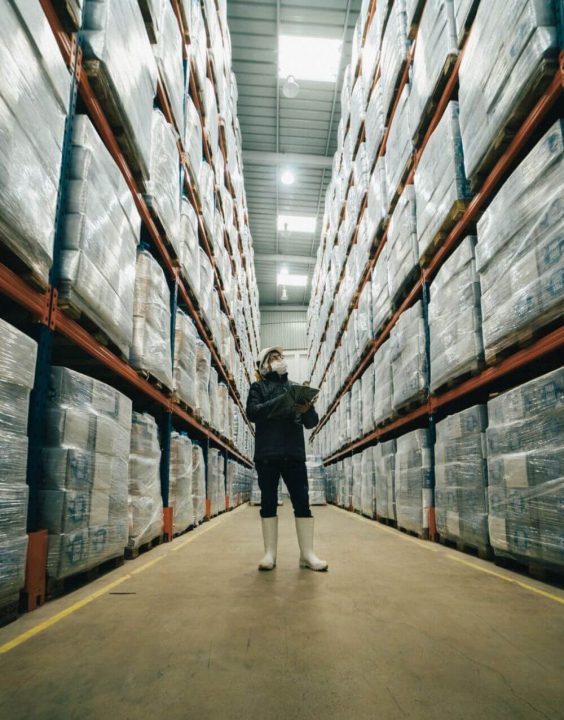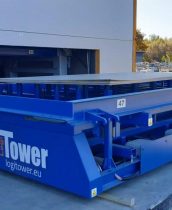Warehouse optimisation – improving workflow efficiency
Warehouse work has a direct impact on the efficiency and effectiveness of its operations. In addition, it determines the available storage options, and therefore the amount of goods that we can store there. Each company running a warehouse should regularly carry out tests to determine whether its organization and team work efficiency is suitable. The results can be used for further warehouse optimization. What should it look like and what should it focus on?
When warehouse optimization is needed?
Warehouse optimization is a process that should be carried out in several cases. It is worth observing the team’s work, its effectiveness, employee efficiency, and the ratio of workload compared to achieved results. This will allow you to see in advance that the operation of your warehouse’s processes is not optimized. You should look for such problems as, among others, too long time of performing basic warehouse works that may be caused both by poor employee performance and by an improper organization of space, that prevents the staff from efficiently carrying out their tasks. Warehouse optimization is also necessary when a large number of mistakes occurs when the goods are received or shipped, and when you are unable to store a larger amount of goods necessary to satisfy the demand and interest of customers because of the lack of space in the warehouse. A frequent problem is also downtime, i.e. bottlenecks. They are the reason for delays in delivery time and thus the decrease in the trust and loyalty of your customers and contractors.
Improving job organization
In all the above-mentioned circumstances, it is necessary to optimize the warehouse with a focus on improving the equipment of all work stations. Thanks to this, employees will be able to perform their tasks in a more productive way. This can be improved by both the workspace organization and lighting of the station, as well as by providing the staff with access to the necessary equipment, accessories, and devices. When you need to optimize the loading or unloading procedures, the automation of the system may be the key. In the case of Logitower racks, elevators deliver goods from higher shelves, so it is not necessary to use any additional equipment or even manual labour to reach the products. In addition, Logitower shelves with side extensions allow access to the goods both at the front and back of the shelving.
Warehouse optimization often includes designing a new zoning system or changing their existing placement plans. This is a very important stage of changes: it may have a significant impact on the time necessary to perform specific tasks, the availability of products with the greatest interest, and the storage space for new goods. In addition, a better zone location can help minimizes downtime in the operation time.
New plan for the arrangement of shelves and goods
The incorrect arrangement of racks and goods on them is a common mistake in warehouses. When optimizing the storing space, pay special attention to the use of room space and the model of storage of long goods you want to follow. The more room height you use, the more free space you will gain, which helps the employees and forklifts to move easily. It also makes it possible to store a larger amount of goods in a smaller space. Logitower racks come in different heights, which allows you to use all the available space by adapting the shelving to the shape, size, and weight of products. The Logitower system is very well suited for storing long goods, such as pipes and sheets. While planning warehouse optimization, you should take into account the type of products, trying to match the racks and storage solutions to their type. Integrating shelves with relevant devices and machines is also particularly important for improving workflow efficiency. In this case, the Logitower rack can be combined with the machine laser cutting devices, but also with other ones used in the technological process.
Warehouse optimization is a multi-stage process that starts with defining the source of the problem. Only then it is possible to determine how it will affect the efficiency and effectiveness of the team’s work, as well as the profits and benefits for the company. Based on the information collected, we can determine whether changes should be made in the work system itself or rather in the equipment and arrangement of storage space available to employees. You should note, however, that often modifications are necessary in both these areas.






